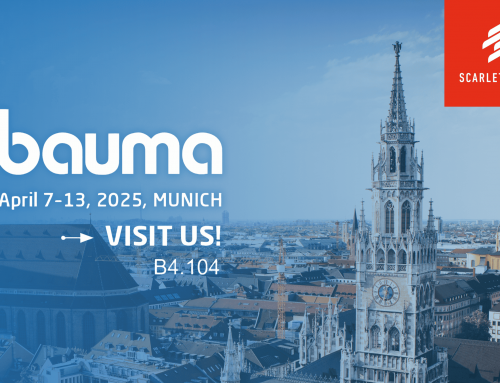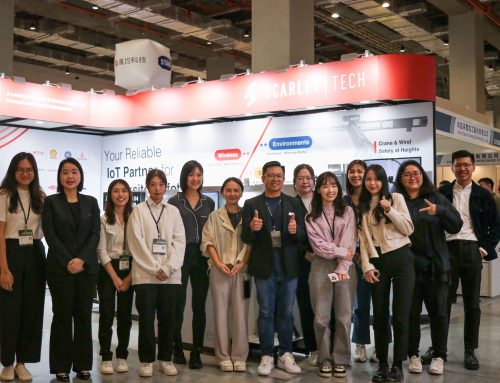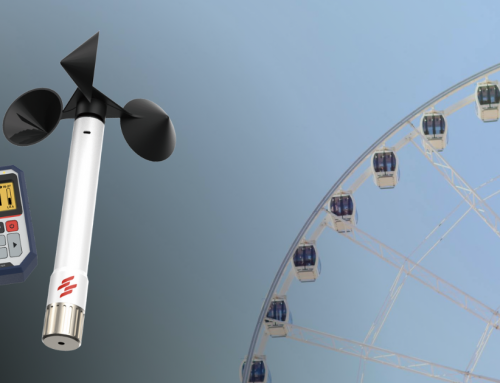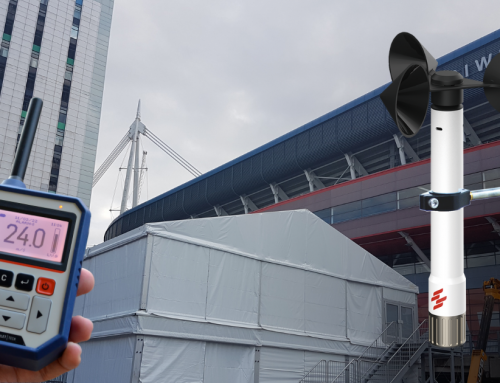Last Updated on
With the hottest days of the year approaching, the importance of precautionary measures to prevent heat-related illnesses among workers is more critical than ever.
On May 31, UAE authorities announced the implementation of the midday break, which will take effect from June 15 to September 15, 2024. Outdoor work under direct sunlight and in open-air areas is prohibited between 12:30 pm and 3:00 pm across the UAE. Establishments failing to adhere face substantial penalties of Dh5,000 per worker, with a maximum of Dh50,000 for multiple violations.
In accordance with the Abu Dhabi Occupational Safety and Health Center’s CoP 11.0 – Safety in the Heat, a key proactive measure involves assessing environmental conditions using the Thermal Work Limit (TWL) within the heat stress program. Typically, a TWL device is positioned within the work area to calculate real-time heat stress levels based on ambient air temperature, humidity, radiant heat, and wind speed. The current conditions are then classified as green for low risk, orange for medium risk, or red for high risk from heat stress.
To ensure the visibility of this crucial information, officers often use large signs to display the current heat level in easily recognizable colors and terms, such as “Cautionary Zone” when the TWL level turns orange.

Scarlet’s TWL-1S on ADNOC’s Beat the Heat (left); TWL-1S with current TWL level sign (right).
For remote monitoring needs, TWL devices are commonly placed on-site, with data accessible via the internet. Any critical shift in conditions triggers remote alerts, enabling prompt and effective responses to safeguard workers’ health.
As companies in the UAE proactively safeguard their workforce against the hottest temperatures, safety solutions have continued to improve to meet the needs of HSE managers, safety officers, and personnel. “The TWL measurement commonly relies on onsite safety officers for checks and reporting. With the continued commitment to enhancing safety and productivity, a new online heat monitoring solution has been introduced to efficiently monitor heat safety and inform managers regardless of their location,” emphasizes Dr. David Huang, CEO of Scarlet Tech and consultant at WHO EMRO.
With a continuous focus on advancing heat safety measurements, these solutions can effectively address the challenges posed by the extreme conditions in the UAE.






